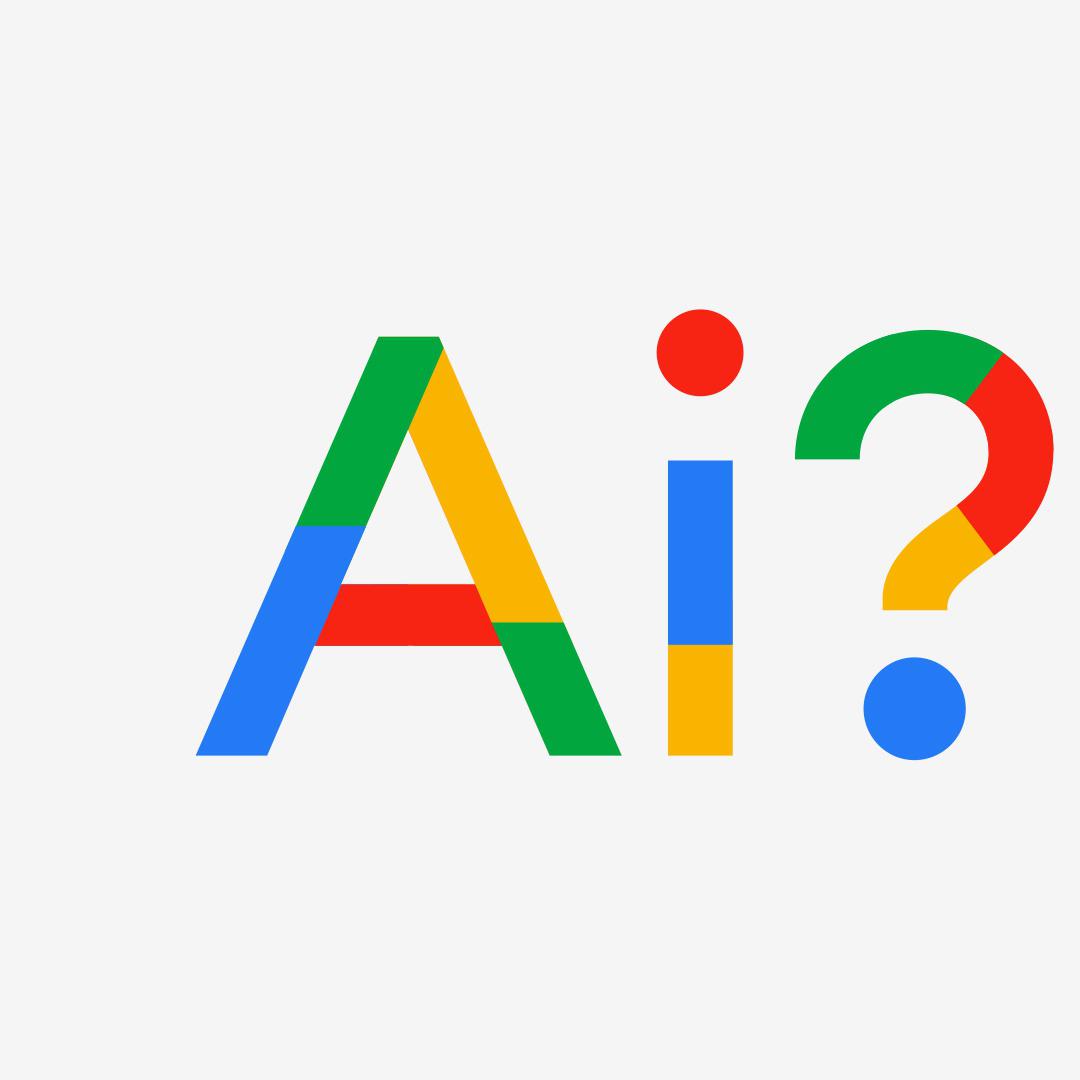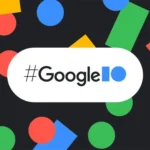
At Google, artificial intelligence (AI) is taking centre stage, and the company is making significant changes to accelerate that process. Following an announcement by Google CEO Sundar Pichai on Thursday, there will be the formation of a new team called “Platforms and Devices,” which will be responsible for managing all of Google’s Pixel products as well as all of Android, Chrome, ChromeOS, Photos, and more. Rick Osterloh, who oversaw all of Google’s hardware initiatives as SVP of devices and services, will lead the team. Longtime leader of Android, Chrome, and ChromeOS Hiroshi Lockheimer will be working on other projects for Google and Alphabet.
For Google, this is a significant change that will probably initiate more changes in the future. According to Osterloh, AI is the only explanation for everything. He says, “This is not a secret, right?. Integrating teams “allows us to be able to do full-stack innovation when that’s necessary.” Furthermore, I believe that the integration of hardware, software, and AI demonstrated how AI might completely change the user experience.
:format(webp)/cdn.vox-cdn.com/uploads/chorus_asset/file/9378895/dbohn_170927_2006_0009.jpg) Osterloh claims that by merging teams, Google can now implement AI into all of its products considerably sooner. “We have an extremely efficient method to obtain the most recent research and models from DeepMind,” he adds simplifying the pipeline by separating the teams that create AI products and research is one way to evaluate these changes. “That will often require determining how we build a new application based on the output of our most recent model, and being able to move people around quickly to do that,” Osterloh says. Google, which was essentially taken by surprise by the AI revolution, is aware that it must act quickly and take all necessary action.
Osterloh claims that by merging teams, Google can now implement AI into all of its products considerably sooner. “We have an extremely efficient method to obtain the most recent research and models from DeepMind,” he adds simplifying the pipeline by separating the teams that create AI products and research is one way to evaluate these changes. “That will often require determining how we build a new application based on the output of our most recent model, and being able to move people around quickly to do that,” Osterloh says. Google, which was essentially taken by surprise by the AI revolution, is aware that it must act quickly and take all necessary action.
For a long time, Google has maintained that it carefully keeps its hardware attempts apart from its involvement in the larger Android community so as not to favour its products or aggravate ties with businesses such as Samsung. That relationship has changed over the past few years, though, as Google’s hardware team has worked to create amazing devices while also demonstrating to the rest of the Android community what is possible.
Google is stepping up its efforts to become the front-runner of Android, particularly as AI increasingly dominates the operating system. Google has been integrating AI features into the Pixel camera for the past two years, and it is already rolling out its Gemini model and chatbot wherever it can think of. The company also has big plans for how AI will alter how you use your phone and, by extension, all of your Android Auto, Wear OS, ChromeOS, and other devices.
A pattern of changes similar to this appears to be ongoing at Google, a company known for permitting a vast, mostly autonomous work environment (through which one can access not only Gmail but also a thousand messaging apps and under-integrated products), which is occasionally attempted to be consolidated around larger initiatives and increasing profits. In 2011, when Google Plus was a hot topic, co-founder Larry Page dubbed it “more wood behind fewer arrows.” Google will undoubtedly be hoping that its massive AI push will pay off.
Google’s strategy is straightforward: it aims to speed up everything as AI models advance, to update Google’s gadgets more frequently, and to introduce new items quickly rather than entangling everything in red tape and bureaucracy. Osterloh states, “We can’t airdrop a new SOC into existing products.” “However, we can build with longevity in mind and then update our software often.”
Google is currently working to completely reinvent itself around artificial intelligence (AI), a technology that Pichai has acknowledged may be just as significant as fire. Gemini is going to alter every app that Google owns and every platform that it manages. Google as a company, its organizational structure, and its entire culture will have to change for that to succeed. Even though it won’t always be simple, there isn’t any time to waste.
Discover more from TechBooky
Subscribe to get the latest posts sent to your email.







